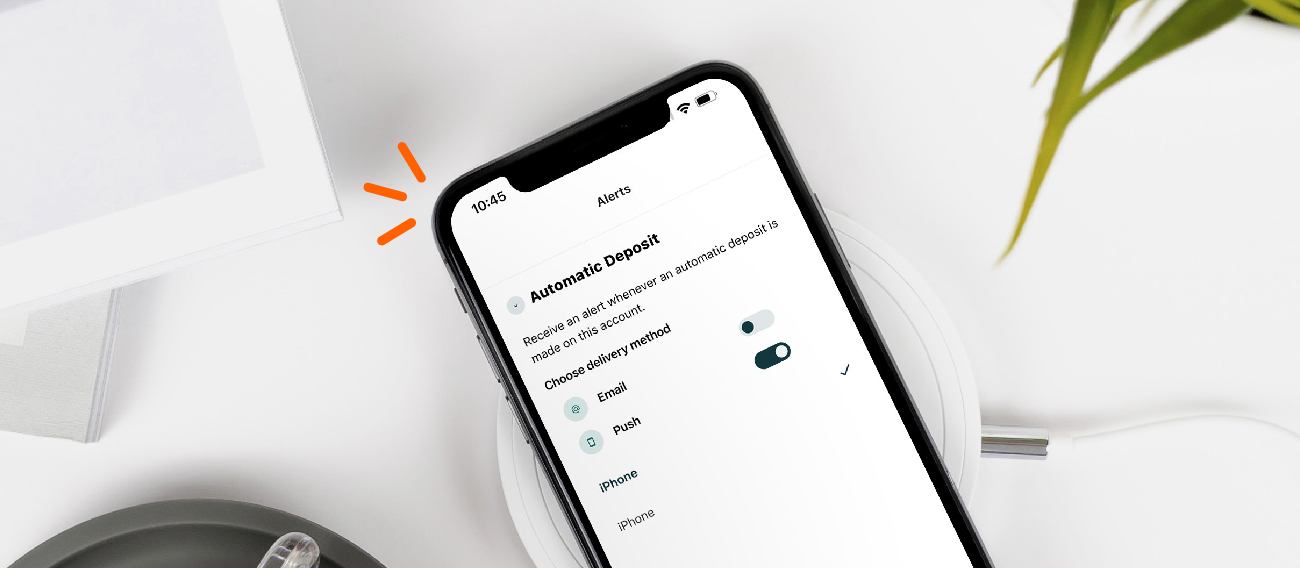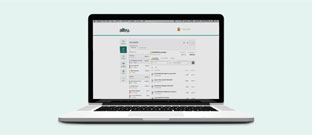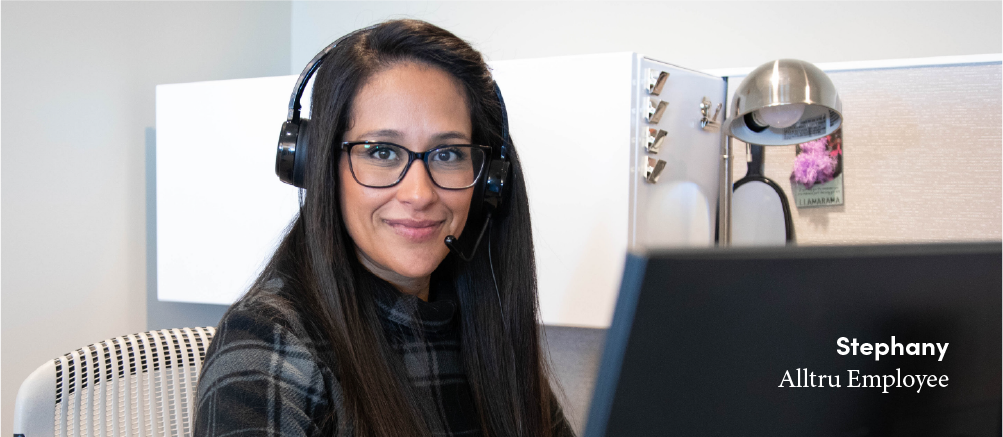Is going to college in your future? Is the potential financial strain keeping you from taking the next step to apply to college or enroll in classes? Many people are in the same boat as you. That’s why federal student loans exist!
A federal student loan is money that you borrow from the government under the condition that after you finish school, you will pay back the loan with interest. Sounds simple? That’s because it is!
To be considered for a federal student loan, you must fill out the Free Application for Federal Student Aid. The FAFSA asks questions related to your checking and savings accounts, tax returns, and other financial records. If your parents claimed you as a dependent on their taxes, then you will need their financial information too.
There are three different types of federal student loans available.
- A direct subsidized loan is available to undergraduate students with a need for financial assistance. This need is determined by the answers to your questions in the FAFSA. The limit to how much you can borrow is up to your school, but the amount will not exceed $5,500. With a direct subsidized loan, the U.S. Department of Education pays for the interest while you are still in school and for a specific period of time after you graduate.
- A direct unsubsidized loan is available to undergraduate and graduate students. With this loan, your FAFSA does not need to show that you have a financial need. Like the first loan, the amount you can borrow is up to your school, but the amount will not exceed $20,500. The major difference between the subsidized and unsubsidized loans is that you pay for all the interest on the unsubsidized loan.
- A direct PLUS loan is available to parents who are paying for their child’s tuition and eligible graduate and professional students. Because of these variations, some colleges call this loan a parent PLUS loan or a grad PLUS loan. The maximum amount borrowers can take is the cost of attendance minus any other financial aid the student receives.
If you are approved for a federal student loan, your school will receive a financial aid offer from your school. The letter will tell you how you can accept or decline the loans.
If you accept the loans, you will have to complete entrance counseling from the U.S. Department of Education. This counseling will inform you of your responsibilities when it comes to borrowing the loan. You will also sign a Mastery Promissory Note, which contractually obliges you to pay back the loan.
It’s important to note that scammers try to impersonate the U.S. Department of Education. Legitimate emails from the U.S. Department of Education will come from one of these three email addresses:
if you question in an email is real or fake, call the Federal Student Aid Information Center at 1-800-433-3243 to confirm the information.
In addition to federal student loans, financial institutions and third-party organizations offer private student loans. The terms and conditions can vary greatly with private student loans. Be careful to research organizations before applying for a student loan through them.
A major difference between federal and private student loans is that private student loans may require you to have a cosigner. The cosigner will also be responsible for paying back the loan. Any payments you miss or pay late can negatively impact the cosigner’s credit score.
Another loan option to consider is a personal loan. A personal loan from Alltru can be approved quickly and used to cover your educational expenses including tuition, room and board, books, and other fees.
Taking out a loan is a big deal. At Alltru, we’re here to serve as a financial resource. If you have any questions, do not hesitate to contact a financial expert that can help you find the best decision for you.







